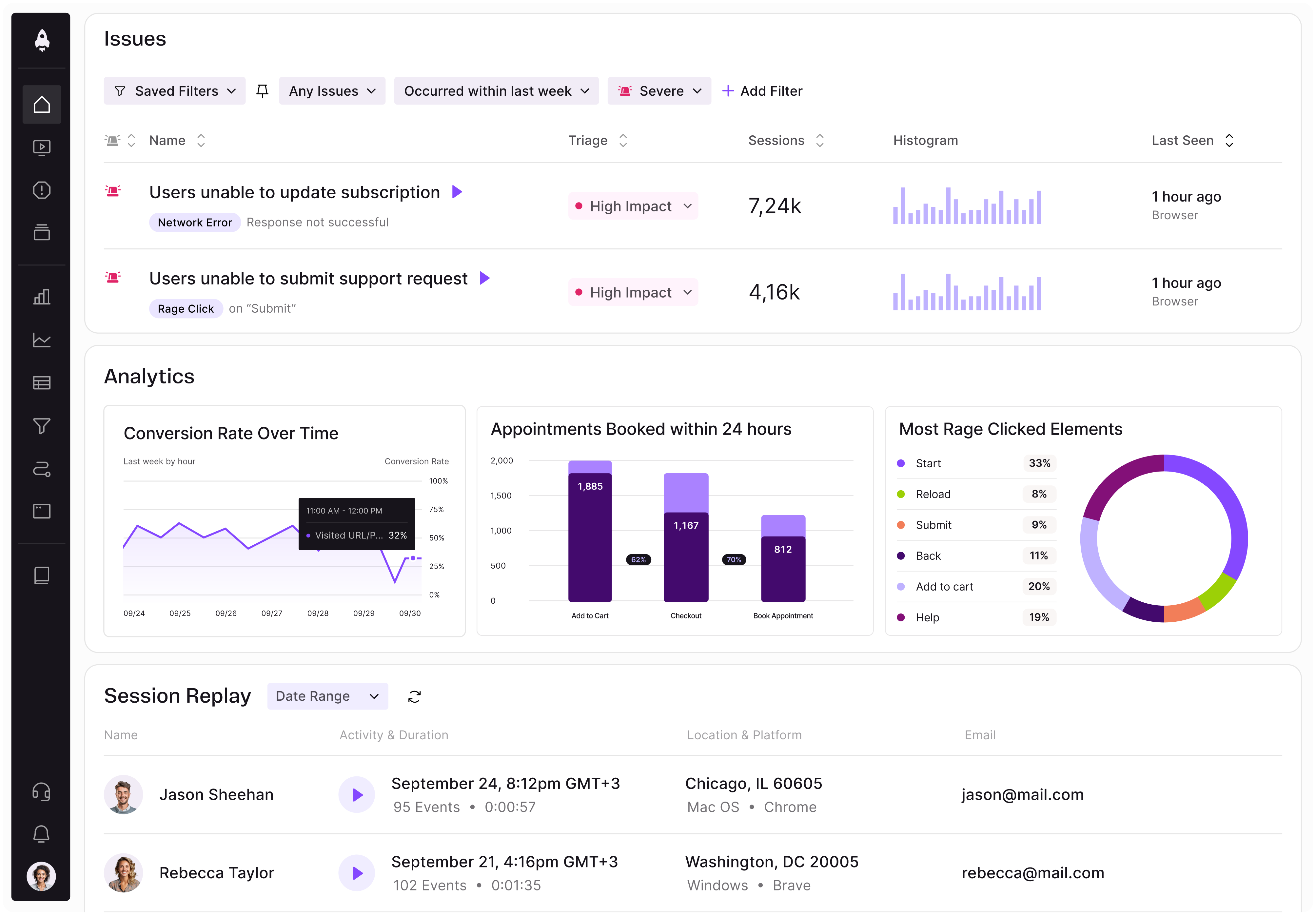Ylang Nguyen is Director, Product Management and Market Strategy at Paychex, a software company focusing on simplifying HR, payroll, and benefits. She began her career in business operations at eDialog, which was acquired by eBay Enterprise Marketing, before leading the production and delivery of digital experiences at Digitas North America. In her most recent positions before Paychex, she served in leadership roles at WireWheel, Interlogic, FiscalNote, and SocialCode.

In our conversation, Ylang talks about how she has helped teams work through the operational and cultural challenges that come with acquisitions. She shares her ethos of focusing on what you can control rather than what you can’t, and discusses how acquisitions differ based on company stage and industry.
Going through an acquisition is like being a kid who’s moving to a new country and starting a new school — everything is different, and you’re an outsider. While a lot of excitement comes with that, there’s also a lot of anxiety for the individual.
I believe that common sense prevails in this case. To ensure a smooth transition, it’s important to have empathy for the company (and people) being acquired. I would say this is a general rule for all product managers as well. You need to acknowledge that the acquisition is going to be a challenge and stay sensitive to the fact that everyone has anxiety around change.
The nice thing about an acquisition, which is different from being that new kid in a new school, is that you’re coming in with a cohort of people who are all part of the acquired company. To that extent, you can maintain all the great aspects of the culture from your old company and continue with its traditions or ceremonies. It’s nice to continue to run those so it feels like there’s continuity and that everything isn’t changing overnight.
The main worry that people have when they’re being acquired is about what’s going to change. Is their reporting line going to change, the technology, their work location? As the manager, try to minimize the amount of change within your control. Change will happen, but try to keep it as fixed as possible until you have a lay of the land.
100 percent. I’ve seen and felt this firsthand. As a manager of teams that have been acquired, I want to give the team the forum to vent about the fact that, yes, a clique will form. Venting about it is OK, to an extent, because it’s cathartic.
What’s important, though, is to try to understand why they’re venting. Is it just because there will be change, and they’re feeling resistant to it? Or is it because there’s genuinely something that the team feels is suboptimal, like the culture or a process? If that’s the case, you need to figure out how you, as a manager, can help them work through those pieces.
For example, if the issue is that they feel the other team has a process that won’t work for them, it’s about finding the common ground within that. Get to some sort of MVP of a process that satisfies the company, but also satisfies the acquired team and how they want to work. There’s an aspect of getting under the hood to deal with any frustrations or cliquiness.
Teams will often become dispersed, depending on the current needs and long-term strategy. Over time, the teams will work through it. Having that sense of empathy as a team manager to help them work through that “survivor’s guilt,” especially when teams are split up, is important. You also need to stress and reassure people that they were brought over because they have specific strengths and abilities. You need to encourage them to lean into the acquisition.
The premise is generally that a company gets acquired because it has some asset that the acquiring company wants. In the case of software companies, it’s often the technology and the product itself. While there may be small disruptions to the operational process in that case, it’s important to maintain sight of the larger product that you’re trying to build. As long as you can orient the team around that end goal, then, hopefully, the smaller disruptions won’t have too large of an impact.
Smaller changes become disruptions when you lose sight of the bigger goal, and focus on that day-to-day change instead of the overall product you’re trying to build. It’s really important to maintain sight of the bigger picture, and that will help minimize the smaller bumps in the road.
In the recent acquisition I was a part of, the company that acquired us believed that our technology, which was in the insurance tech space, was easier to buy than make themselves. Our product was designed for the self-serving, direct-to-consumer purchase of insurance. The acquiring company didn’t have a competing or complementary technology, so it was better for them to make the acquisition and push forward with our existing product.
With that said, the cultural change was significant. Our team was focused on our product and delivering on the build out and integration of our technology for the acquiring company. That helped us to mitigate some of the cultural differences that we experienced.
This goes back to focusing on what you know you can control and do well. With this approach, the pressure is softer and less intense on more challenging things. In this example, we leaned into the things that we could control instead of dwelling on the things we couldn’t. We maintained all of our practices to the extent that was possible, such as how we held stand-ups and managed our product roadmap. We were fortunate that we could maintain a lot of what we had before and still deliver on the product.
While our end vision changed a little bit because of the directives from the acquiring company, that was fine — we managed our own processes, aligned with the new vision, and got through a cultural integration period.
I don’t find that it makes it more difficult. If you are remote and working from home, oftentimes, you can be more intentional about the amount that you integrate in because you’re not physically co-located with a team, their practices, and their culture. Now, that’s in the case of cultural assimilation. The hardest thing about acquisitions is more than the process or operation piece — the breadth of culture gets distributed as well.
For sure. As a company grows, its culture has to grow by necessity. Startups have that element of entrepreneurship, quick decision-making, and autonomy to move fast, which isn’t as common at enterprise-level companies where there’s more red tape. It’s very different depending on the type of organization.
I have what I call a player-coach mentality, which is that I lead my teams as the coach, and also manage the game plan and vision. My role is to define that for my team. But part of being a player means also having a willingness to roll up my sleeves and run the details with the rest of the team. That helps the team make the connection between why their current details are important and the bigger picture.
That’s a challenge that a lot of teams and companies have — you have a lot of big visionary strategists, but they can’t connect to the bigger strategy at hand. Getting onto the field with the team, so to speak, helps show them that every move they make impacts how they’re going to reach that end goal.
In the smaller environment, I look for adaptability because you never know how a role is going to change. The individual typically has to wear a lot of hats, whereas in bigger organizations, there’s more of a sense of specialization. I find that the team members you want in larger organizations that you’re trying to scale are those who are willing to go out and make the connections to find the resources they need and get things done. On a smaller team, you want a well-rounded player who, if they don’t have a resource to get something done, will figure out how to get it done themselves.
I like using a case interview format where I give scenarios to candidates. I like to ask about something they’ve done in the past, or I’ll give them a scenario where they have to execute on something, like plan a surprise birthday party. As they go through their steps, I’ll randomly throw in new variables to see how they adapt. I’ll say things like, “The restaurant that you booked got flooded, and it’s two hours before the event. What do you do?” I like to see if they’re quick on their feet and can figure out how to pivot.
This is a great technique to see how people can think creatively and go outside the box. If they’re stuck on their initial plan and aren’t sure what to do next, that comes through very easily in the interview process.
I’m a problem solver at heart — I love to learn. In that way, acquisitions are always exciting for me, but I know they are not for everybody. I view an acquisition as a new challenge and a new set of problems that I’m trying to solve. It works in a different part of my brain.
To be honest, acquisitions are similar to product management. You have this problem you need to solve, including a time horizon around integration. You need an MVP version of it and a long-term vision. You need to talk to people from lots of different disciplines to get there. And, similar to product management, you build up to a big release and then go into maintenance mode. At some point, you reach your acquisition goal, and hope that you’ve empowered the team to maintain and iterate on their own going forward.

LogRocket identifies friction points in the user experience so you can make informed decisions about product and design changes that must happen to hit your goals.
With LogRocket, you can understand the scope of the issues affecting your product and prioritize the changes that need to be made. LogRocket simplifies workflows by allowing Engineering, Product, UX, and Design teams to work from the same data as you, eliminating any confusion about what needs to be done.
Get your teams on the same page — try LogRocket today.

A practical framework for PMs to use AI in ideation without sacrificing judgment, strategy, or decision quality.

A practical five minute revenue estimation method to help product managers compare ideas, drop low impact features, and prioritize smarter.

A practical guide for PMs who want to stop being bottlenecks, delegate smarter, and lead teams effectively with a clear ownership framework.

Stop letting unreliable data block features. Treat data as inventory to track quality, ownership, and ship with confidence.